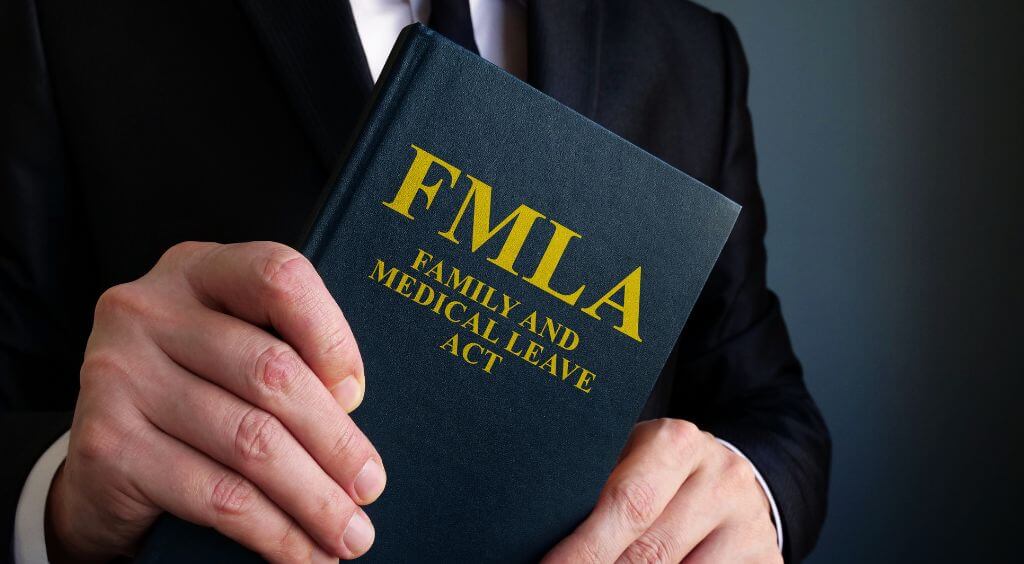FMLA: How Employment Lawyers Can Help Your Claim
According to the Center for American Progress, 35.8% of the 7 million workers without paid family and medical leave needed family caregiving leave but couldn’t afford to take unpaid time off.
Have you ever been in a challenging circumstance at work and required time off to care for your own or a loved one’s health? The Family and Medical Leave Act (FMLA) can be of great help in these situations. An FMLA expert stated that you have a legal right to take a leave of absence with job protection, and if your employer does not offer you the necessary time, you may require an FMLA lawyer near you. But how exactly can they help?
In this discussion, we will discuss all the information you need about how an employment attorney can support workers when it comes to taking a necessary leave.
Table of Contents
Understanding FMLA Eligibility
To understand FMLA eligibility, you need to meet certain requirements set by the law. The Family and Medical Leave Act (FMLA) provides job protection for eligible employees who need to take time off from work for specific reasons.
You must work for a covered employer. This means that your employer must have at least 50 employees within a 75-mile radius and be engaged in commerce or industry affecting commerce.
You need to have worked for your employer for at least 12 months. These 12 months don’t need to be consecutive, but they must have been within the past seven years. You are required to have worked at least 1,250 hours during the 12 months before the FMLA leave begins. This equates to an average of 24 hours per week.
You must be seeking leave for a qualifying reason, such as the birth or adoption of a child, the care of a family member with a serious health condition, your serious health condition, or certain situations arising from a military deployment.
Assessing Your FMLA Claim
Assessing your FMLA claim involves examining various factors to determine its validity and likelihood of success.
The first step is to make sure that you meet the eligibility criteria for FMLA leave. You must have a qualifying reason for taking FMLA leave, such as a serious health condition or the need to care for a family member. Gather all relevant documentation, including medical records, to support your claim.
Consider the timing of your request for FMLA leave. If you provided your employer with proper notice and followed the correct procedures, it would strengthen your claim. If you fail to notify your employer on time, it could weaken your case. Keep a record of all communication and correspondence related to your FMLA leave.
Assess the impact of your FMLA leave on your employer. If your absence created a significant burden on the company or if they retaliated against you for taking FMLA leave, it may indicate a stronger claim. If your employer has a history of denying or interfering with employees’ FMLA rights, it can further support your case.
Consult with an experienced employment lawyer who specializes in FMLA claims. They can review the details of your situation, evaluate the strength of your claim, and guide you through the legal process.
Navigating FMLA Documentation and Procedures
When it comes to FMLA, there are certain steps you need to follow to make sure that you’re properly documenting your leave and complying with the requirements.
You need to notify your employer about your need for FMLA leave within the specified timeframe. This can typically be done verbally or in writing, but it’s always recommended to have written documentation to avoid any misunderstandings.
Once you have notified your employer, they’ll provide you with the necessary FMLA paperwork, which includes the FMLA eligibility form and the medical certification form. Make sure to complete these forms accurately and thoroughly, as any errors or omissions could potentially delay or jeopardize your claim.
You may be required to provide periodic updates and recertifications during your leave. Familiarize yourself with your employer’s policies and procedures regarding FMLA documentation, as each company may have different requirements.
Negotiating With Employers for FMLA Rights
Once you have successfully navigated FMLA documentation and procedures, know how to negotiate with your employer for your FMLA rights.
Start by understanding your rights and responsibilities under the FMLA. Familiarize yourself with the specific provisions that apply to your situation, such as the amount of leave you’re entitled to and the circumstances under which you can take it.
When negotiating with your employer, clearly communicate your intentions and needs regarding FMLA leave. Be prepared to discuss the duration and timing of your leave, as well as any accommodations you may require upon your return.
Be open to compromise. Negotiations often involve finding a middle ground that meets the needs of both parties. Be willing to explore alternative solutions or adjustments to your original request while still making sure that your FMLA rights are protected.
Litigating FMLA Claims in Court
When taking your FMLA claim to court, have an experienced employment lawyer by your side. They’ll guide you through the process, making sure that all necessary documents are filed correctly and on time.
Litigating FMLA claims involves presenting evidence to support your case. This evidence may include medical records, witness testimonies, and any documentation related to your FMLA leave.
During the litigation process, your lawyer will also handle all communication with the opposing party, including the employer and their legal representation.
In court, your lawyer will present your case to a judge or jury, highlighting the violations of your FMLA rights and the resulting damages. They’ll argue for the appropriate remedies, such as reinstatement, back pay, and compensation for emotional distress.
Conclusion
Now that you have enough knowledge of the Family and Medical Leave Act (FMLA), we trust that this information will empower you as an employee. If needed, do not hesitate to consult with an FMLA lawyer to protect your rights.






